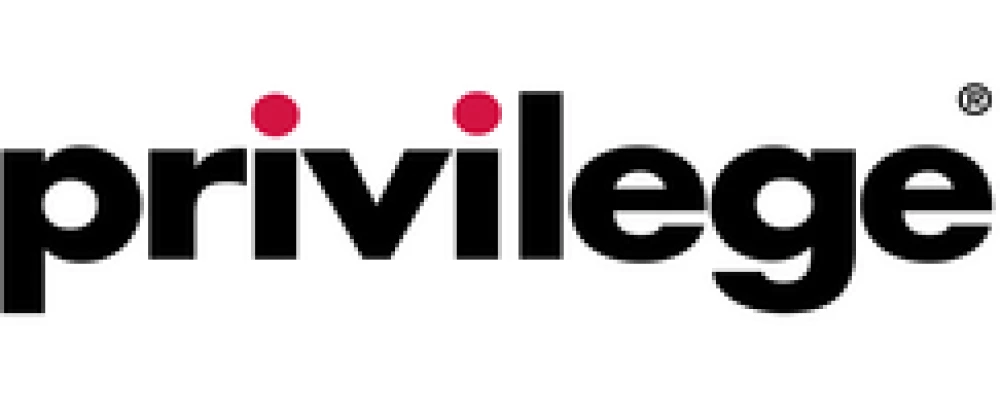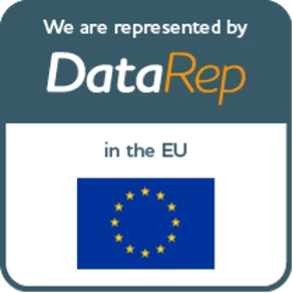Brand Equity is a term that gets a lot of traction today. Frequently viewed as a holy grail – even a process shrouded in mystery – there is actually no secret elixir, backlink or password that guarantees entry to the world of brand equity. It’s an asset that every business can nurture and is an increasingly necessary tool for building positive relationships with consumers and influencing buying decisions.
Defining brand equity
The simplest way to sum up brand equity is the commercial value in a business that is created, not by products or services, but by the perception of the brand itself.
Brand equity is not marketing, although this certainly forms a part of the process. But while marketing is focused on specific campaigns and clear actions and objectives designed to sell, brand equity is more about building long-term value via beyond marketing experiences/events and strong relationships with consumers. Common perspectives on it include:
- The value in having a well-known and loved brand name
- A value premium where consumers believe a product is superior to a lesser known or generic brand simply because of the name attached
- A promise to the customer about standards of quality, consistency, innovation, and even community
- Perceived value attached to a brand established as a result of consumer view of, and experiences with, that brand
Brand equity – component parts
The general consensus is that brand equity is forged from four key component parts: brand awareness, brand associations, perceived brand quality and brand loyalty.
1. Brand awareness
This is the first stage in creating brand equity. It involves building up an awareness of the brand with consumers so that it is associated with a particular product, service or category.
Brand awareness starts to create a visibility for the brand that can lead onto familiarity and then to liking and loyalty. It provides a foundation on which other associations can be built.
2. Brand loyalty
The basis of brand loyalty is that, when given a choice, the consumer will consistently opt for one particular brand over others in the same category or offering the same product or service.
Securing brand loyalty is not only crucial for ensuring sales but can create an army of brand advocates who are an incredibly effective force when it comes to viral marketing.
3. Brand associations
This is essentially anything that a customer relates to the specific brand. An association is created where the customer has had an interaction with, or experience of, the brand.
It could be something as simple as the colours associated with it (e.g. red and yellow = McDonalds) or a feeling, tone of voice or certain type of advert. Associations are key tools for nurturing positive feelings towards a brand and ensuring that consumers develop intended attitudes.
Brand associations may be crucial when it comes to helping to convey information, as well as establishing the uniqueness of the brand as compared to competitors.
4. Perceived quality
Although perceived quality is often included under the umbrella of brand association, it’s important enough to stand alone.
One five year study at the National Quality Research Center at the University of Michigan, identified that perceived quality was a major driver of customer satisfaction, which in turn had a major impact on ROI.
Key to creating this element is having a deep understanding of what quality means to customer segments. It’s important to note that perceived quality may be quite different to actual product quality.
Factors such as a previous association with poor quality can mean that this subjective view is actually quite divorced from reality.
In addition to the above, brand equity may also include brand experience – i.e. the accumulation of interactions that the customer has had with the brand over time.
Why does brand equity matter?
- Brand equity provides a safety net in troubled times. It can carry a business through difficult events, from product fails to security breaches. If it is strong enough it may ensure that a brand survives when others wouldn’t.
- Creating a business asset. Whether brand equity is tangible or intangible has been the subject of many a debate. However, what everyone agrees on is that it’s a major asset for any business and can even be sold, licensed or leased just like others can.
- The advantage of a price premium. Brands that have built up essential equity with consumers can charge more than those that have not. This applies regardless of whether actual superiority over competitors can be demonstrated – it’s all in the perception that consumers have.
- Defending and increasing market share. Because of the role that brand loyalty has to play in brand equity, one positive consequence of creating it is an increased market share i.e. a larger number of consumers who will actively choose this brand over another.
- Improving the chances of success of new lines and extensions. Where positive brand equity has been well established it’s much easier to successfully launch a new line or series of products, as the existing audience will be significantly more receptive. This can considerably reduce the risks of expansion and extension.
- Improving reach and quality of influence. For example, where brand equity is strong it is easier to find collaborations and other brands to partner or ally with. Businesses rich in brand equity are able to attract the best and brightest talent and rarely struggle to recruit.
Examples of brands with strong brand equity
In 2019 the most valuable brands in the world, in financial terms, were named as Amazon, Apple, Google, Microsoft, and Visa. Apple in particular is an incredible example of brand equity in practice – it is estimated that Apple’s brand value is $154.1 billion, or nearly three times its total annual revenue. It is powerful evidence of the way that brand equity helps to deliver a premium.
iPhones, for example, have many features that are similar to other mobile devices. What really sets the product apart, creates such slavish brand loyalty and means that consumers will pay more to own one is the brand equity that the business has established.
This cult following also translates into profits – last year Apple overtook Microsoft as the world’s most-valuable public company (just).
Facebook is another prime example of a brand that has strong equity. The volume of scandals and negative press that have affected the social media giant in the last two years would have sunk many lesser brands.
However, Facebook remains the largest social network in the world and continues to grow. In April last year for example it reached 2.37 billion monthly active users, an increase of 55 million on the previous quarter and also posted a 26% year-over-year increase in revenue.
Quantifying brand equity
Monitoring brand equity provides options to define metrics for improvement. There are many different ways to do this including:
- Identifying the component parts of a brand’s equity, for example via focus groups
- Measuring brand awareness and then tracking it, via an annual survey
- Using sales performance metrics. For example, customer lifetime value, price premium over competition and average transaction value.
- Measuring the output of marketing activity, for example adoption of loyalty schemes or take up of promotions and discounts.
- Metrics that relate to competitors, including market share, customer acquisition rate and ROI of acquisition channels.
Where next?
“If you can hit people in their hearts, that’s when you start to build brand equity”
Addidas Outdoor, Stuart Wells
this is a quote from head of global brand marketing for Adidas Outdoor, Stuart Wells.
Adidas Outdoor is a tiny part of the huge Adidas brand that is setting out to be more disruptive, ignoring industry norms and developing new ways to establish brand equity by engaging more fully with hearts and minds.
Crucial to this has been the role that storytelling has to play. Adidas Outdoor is taking the technical messaging of its products – which are designed for the outdoor industry, such as its new hiking boot – and wrapping these in creative narratives.
This strategy is designed more around relationship building (i.e. brand equity) than financial returns. While sales remain a metric for the success of this approach, Adidas Outdoor is diversifying, focusing more on awareness of its presence in the outdoor sector and using resources to get consumers to commit to a relationship with the brand, as opposed to a single purchase.
This is a crucial change in the battle for brand awareness and also a signpost for where many organisations will need to go next.
Building a basic awareness of a brand, ensuring customers know what the brand stands for and even shaping how customers think and feel about it is no longer going to be enough.
It’s building deeper bonds with consumers where the real work is going to be done and that will require a commitment to creative narratives that “hit people in their hearts,” no matter what you’re selling.
Brandspeak and brand equity
Brandspeak are experts in helping clients to identify, create and measure brand equity.
For more information contact us at enquiries@brandspeak.co.uk














